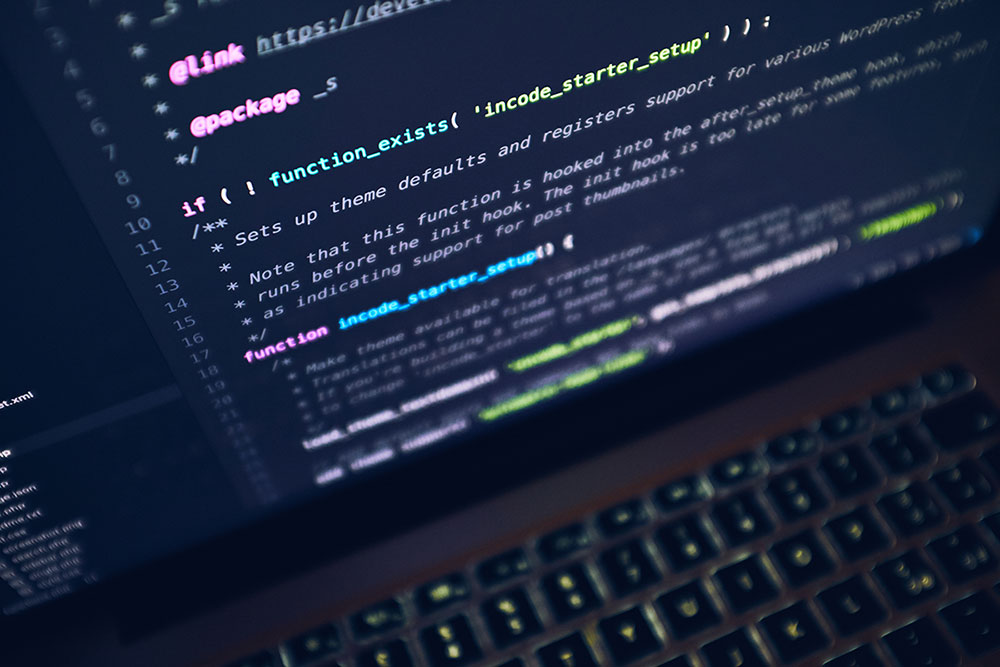Python in Data Analysis: A Powerful Tool for Unlocking Insights

Python has become a cornerstone in the field of data analysis, widely recognized for its simplicity, versatility, and extensive libraries tailored for data manipulation and visualization. Whether you are a beginner exploring the world of data or an experienced professional, Python offers a comprehensive suite of tools to make data analysis accessible, efficient, and effective. This article delves into why Python is a top choice for data analysts, its essential libraries, and its real-world applications.
Why Python for Data Analysis?
Python stands out as a preferred language for data analysis for several reasons:
- Ease of Learning
Python’s simple syntax and readability make it an ideal starting point for beginners. Its user-friendly nature allows analysts to focus on solving problems rather than grappling with complex code. - Versatility
Python is a general-purpose language, making it suitable for various tasks, from data cleaning and visualization to advanced machine learning and statistical modeling. - Extensive Libraries
Python boasts a rich ecosystem of libraries designed specifically for data analysis, which significantly reduces the time and effort needed to process and analyze data. - Community Support
With a vast and active community, Python users can easily find resources, tutorials, and forums to help them troubleshoot problems and expand their knowledge. - Integration Capabilities
Python seamlessly integrates with other technologies, databases, and tools, making it a highly flexible choice for end-to-end data analysis workflows.
Key Python Libraries for Data Analysis
Python’s power in data analysis lies in its libraries. Here are some of the most commonly used ones:
- NumPy
NumPy (Numerical Python) provides support for large, multi-dimensional arrays and matrices, along with mathematical functions to operate on them. It is the foundation of many other data analysis libraries. - Pandas
Pandas is a versatile library for data manipulation and analysis. It provides data structures like DataFrames, which allow for easy handling of structured data. - Matplotlib and Seaborn
- Matplotlib: A library for creating static, interactive, and animated visualizations.
- Seaborn: Built on Matplotlib, it simplifies the creation of aesthetically pleasing statistical graphics.
- SciPy
SciPy is used for scientific computing and technical computing. It extends NumPy’s functionality with modules for optimization, integration, and statistical analysis. - Scikit-learn
This library provides tools for machine learning, including classification, regression, clustering, and dimensionality reduction. - Statsmodels
Statsmodels is a library for statistical modeling and hypothesis testing, offering advanced statistical analysis tools. - Jupyter Notebook
While not a library, Jupyter Notebook is an essential tool for Python data analysis. It allows analysts to write and execute Python code in a web-based interactive environment, complete with visualizations and narrative text.
Steps in Data Analysis Using Python
- Data Collection
Python can gather data from various sources, such as CSV files, databases, web scraping, or APIs. Libraries likerequestsandBeautifulSoupare commonly used for web data extraction. - Data Cleaning
Cleaning messy data is crucial. Using Pandas, analysts can handle missing values, duplicates, and inconsistent formatting efficiently. - Exploratory Data Analysis (EDA)
With Pandas and visualization tools like Matplotlib and Seaborn, Python makes it easy to explore data, identify patterns, and gain preliminary insights. - Data Transformation
Python enables reshaping and transforming data for analysis, such as grouping, aggregating, or creating new features. - Visualization
Creating clear, informative charts and graphs is a breeze with Matplotlib, Seaborn, and Plotly, helping analysts communicate their findings effectively. - Modeling and Predictions
Python’s machine learning libraries, such as Scikit-learn and TensorFlow, allow analysts to build predictive models and perform advanced analysis. - Reporting and Automation
Python can automate repetitive tasks and generate reports in various formats, streamlining the data analysis process.
Real-World Applications of Python in Data Analysis
- Business Intelligence
Companies use Python to analyze sales data, forecast trends, and optimize marketing strategies. - Healthcare
Python helps in analyzing patient data to predict diseases, improve treatment plans, and streamline hospital operations. - Finance
Financial institutions rely on Python for risk analysis, fraud detection, and portfolio optimization. - E-commerce
Python powers recommendation systems, customer segmentation, and supply chain optimization in e-commerce. - Social Media
Python analyzes social media trends, sentiments, and user behaviors to shape marketing campaigns and brand strategies.
The Future of Python in Data Analysis
With the growing demand for data-driven decisions, Python’s popularity is only set to rise. Emerging technologies like artificial intelligence, deep learning, and big data further solidify Python’s position as an essential tool for modern data analysts. Additionally, the continuous development of Python libraries ensures that it remains relevant and powerful in tackling new challenges in the data landscape.
Conclusion
Python has revolutionized the field of data analysis, making it accessible to individuals and businesses alike. Its robust ecosystem of libraries, coupled with its ease of use, has made it a favorite among data analysts. Whether you are analyzing financial data, predicting customer behavior, or visualizing complex trends, Python provides the tools to do it all. As the demand for data analysis grows, mastering Python is not just an option—it is a necessity for anyone aiming to thrive in this data-driven world.